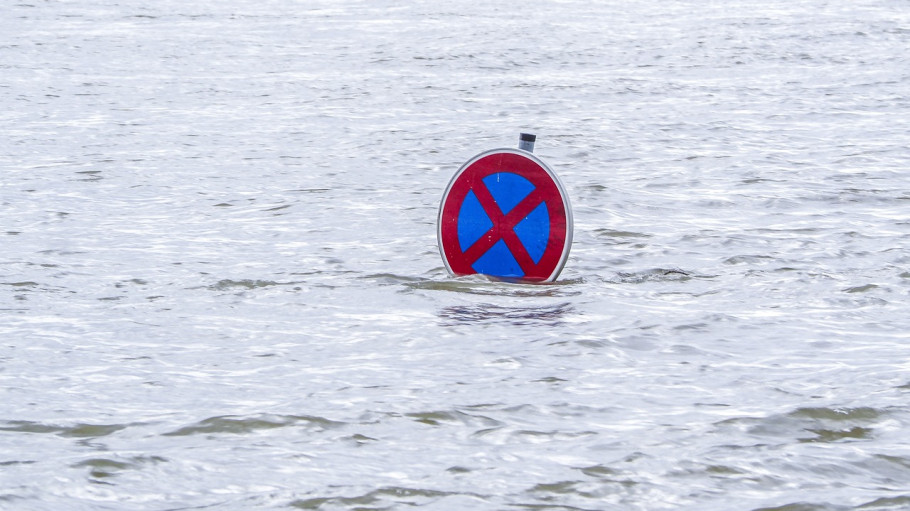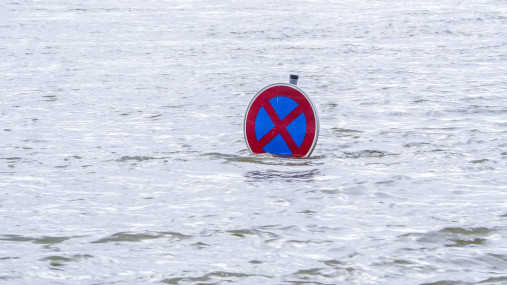
Press releases » U.S. 50% steel tariffs: new EU trade measure needed now to avert collapse of European market, urges EUROFER
U.S. 50% steel tariffs: new EU trade measure needed now to avert collapse of European market, urges EUROFER
Downloads and links
Recent updates

Brussels, 4 June 2025 – With U.S. blanket tariffs now raised to 50%, the only way to avoid the further erosion of the European steel market and another blow to European steelmakers is the swift implementation of the “highly effective trade measure” promised by the European Commission in its Steel and Metals Action Plan. A negotiated solution between the EU and the U.S. is also vital to preserve EU steel exports to the U.S., warns the European Steel Association.
"With the doubling of U.S. blanket tariffs on steel to 50% without exceptions, we expect massive deflection of the 27 million tonnes of steel previously destined for the U.S. towards the European market, just as we saw in 2018 when the first U.S. tariffs were introduced. With global overcapacity at record highs and import penetration in the EU up to 30% in a context of depressed demand, we are being flooded by cheap foreign steel. Without swift action, we will not just be underwater — we will drown. We need the Commission’s promised ‘highly effective trade measure’ as a lifeline, and we need it now. If we wait until 2026, when the current EU steel safeguard expires, much of our industry will already be submerged beyond recovery”, said Axel Eggert, Director General of the European Steel Association (EUROFER).
“Furthermore, most of the 3.8 million tonnes of EU steel exports to the U.S. are now under a de facto import ban: at a 50% blanket tariff, even Europe’s highest-quality, most competitive steel products will be priced out. A negotiated EU-U.S. solution is paramount to preserve our exports at this critical moment for the European sector. The U.S. and the EU should reopen negotiations, stalled in 2024, to address global overcapacity jointly”, concluded Mr Eggert.
Contact
Lucia Sali, Spokesperson and Head of Communications, +32 2 738 79 35, (l.sali@eurofer.eu)
About the European Steel Association (EUROFER)
EUROFER AISBL is located in Brussels and was founded in 1976. It represents the entirety of steel production in the European Union. EUROFER members are steel companies and national steel federations throughout the EU. The major steel companies and national steel federation of Turkey, Ukraine and the United Kingdom are associate members.
The European Steel Association is recorded in the EU transparency register: 93038071152-83.
About the European steel industry
The European steel industry is a world leader in innovation and environmental sustainability. It has a turnover of around €215 billion and directly employs around 298,000 highly-skilled people, producing on average 146 million tonnes of steel per year. More than 500 steel production sites across 22 EU Member States provide direct and indirect employment to millions more European citizens. Closely integrated with Europe’s manufacturing and construction industries, steel is the backbone for development, growth and employment in Europe.
Steel is the most versatile industrial material in the world. The thousands of different grades and types of steel developed by the industry make the modern world possible. Steel is 100% recyclable and therefore is a fundamental part of the circular economy. As a basic engineering material, steel is also an essential factor in the development and deployment of innovative, CO2-mitigating technologies, improving resource efficiency and fostering sustainable development in Europe.

Brussels, 02 December 2025 – Unchanged negative conditions – U.S. tariffs and trade disruptions, economic and geopolitical tensions, protracted weak demand and still high energy prices – continue to weigh on the European steel market. EUROFER’s latest Economic and Steel Market Outlook confirms for 2025 another recession in both apparent steel consumption (-0.2%, unchanged) and steel-using sectors (-0.5%, revised from -0.7%). A potential recovery is expected only in 2026 for the Steel Weighted Industrial Production index (SWIP) (+1.8%, stable) and for apparent steel consumption (+3%, slightly revised from +3.1%) – although consumption volumes would still remain well below pre-pandemic levels. Steel imports retained historically high shares (27%), while exports plummeted (-9%) in the first eight months of 2025.
Fourth quarter 2025 report. Data up to, and including, second quarter 2025
Brussels, 27 November 2025 - The European ceramic, aluminium, ferro-alloys and steel industries express their deep concern about the potential impact of the EU-India FTA on strategic European industries if a sector-specific approach is not adopted and our sectors’ challenges are not duly considered.